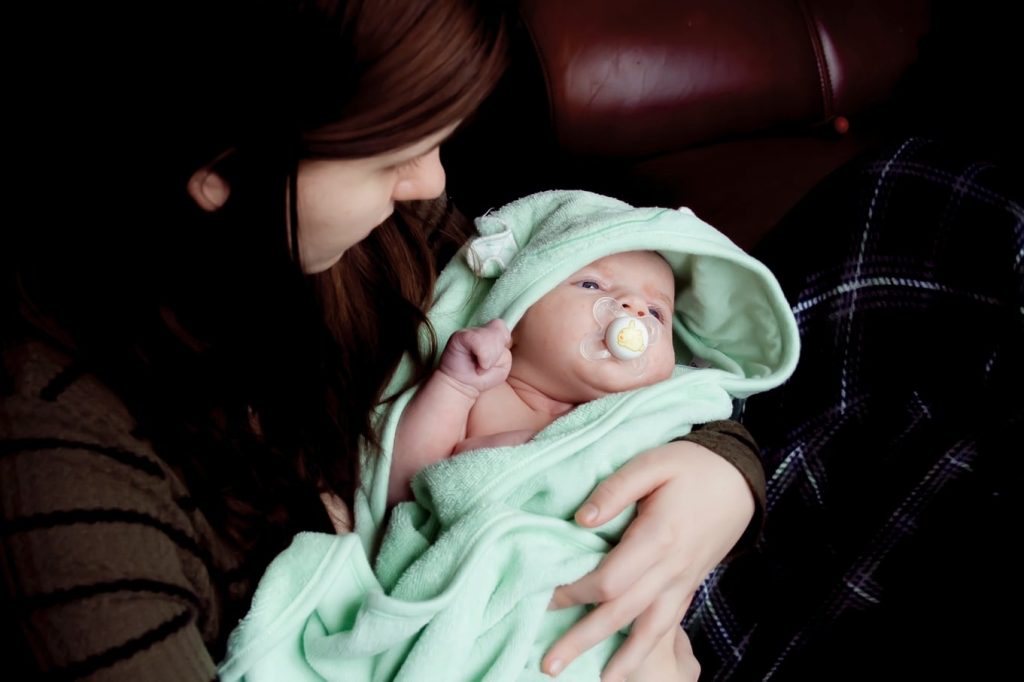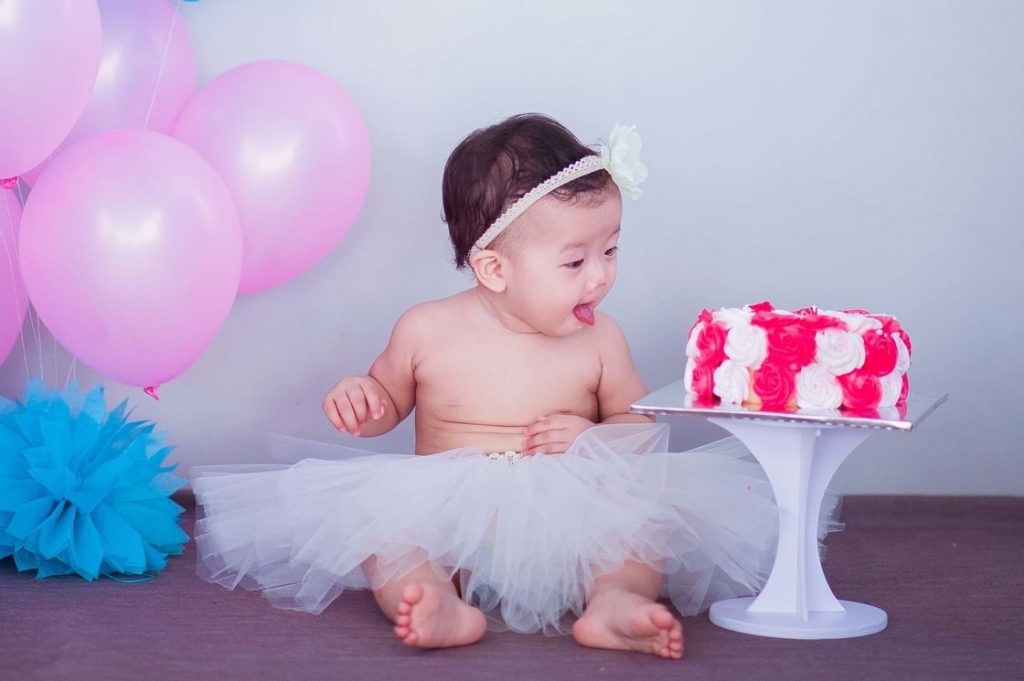An invitation to do less this season

An Invitation To Do Less This Season As far back as I remember, Christmas time always evoked mixed feelings. Being Jewish, my family celebrated Hanukkah, which sometimes coincided with Christmas and other times did not. My school hosted a number of Christmas related events and I envied the many families who celebrated what I believed to […]
Expand Language with Water Play!

Expand Language with Water Play! Summer is here! It’s hot! But, that’s okay for preschoolers because they LOVE playing with water. Sprinklers, water balloons, water blasters, water parks, kiddie pools and the beach. I remember when my kids were little we set up the sprinkler under our trampoline for cool bouncing on hot summer days. […]
The Unknown Risks of Pacifiers

The Unknown Risks of Pacifiers Using a pacifier can be an easy and effective way to help your baby fall asleep. However, pacifier usage does have its drawbacks. Among the most significant, is the increased risk of developing ear infections. Ear infections are twice as common in children who use pacifiers. Sucking on a pacifier […]
The One Question I Am Asked Most Often

The One Question I Am Asked Most Often The one question I am asked most often is from parents wanting to know if their child has the level of speech and language abilities that are expected at his age. First-time parents especially, may not have previously witnessed a child moving through the stages of development. In such […]
